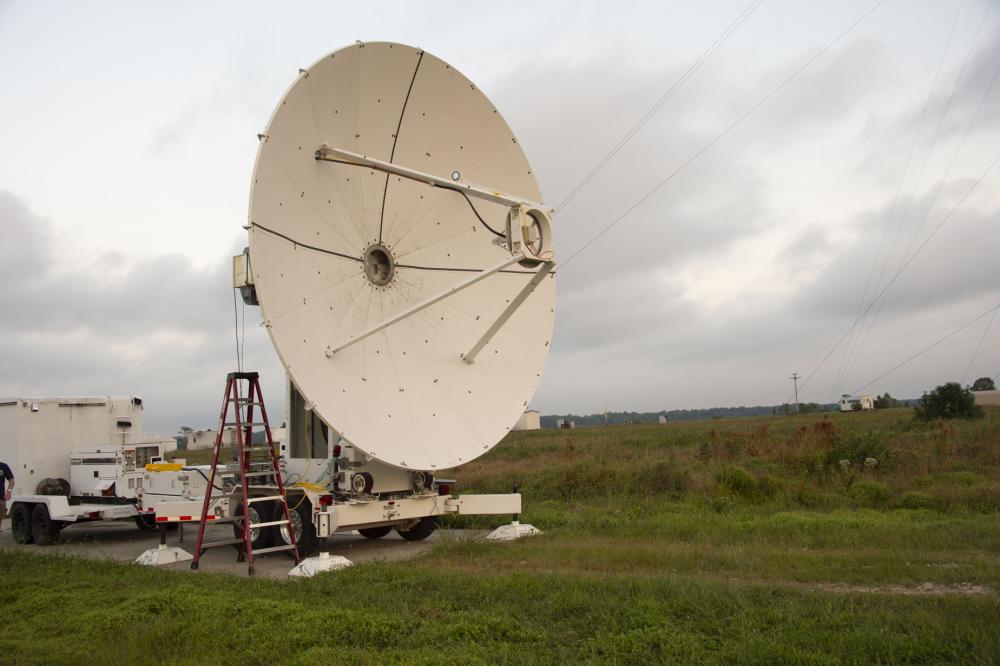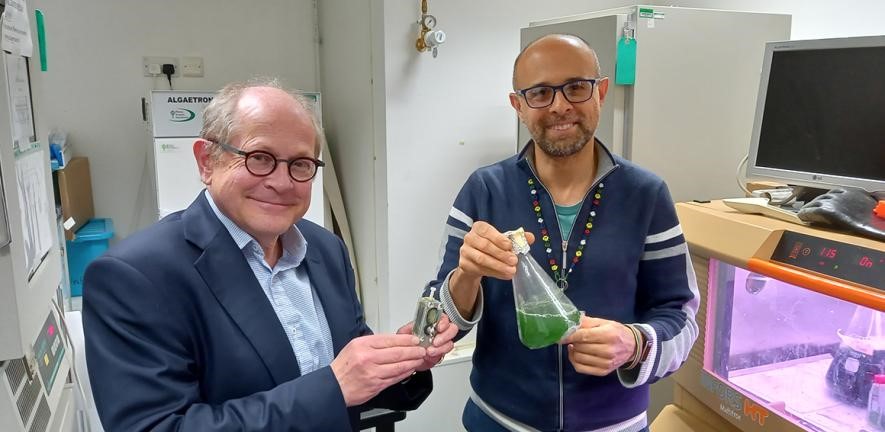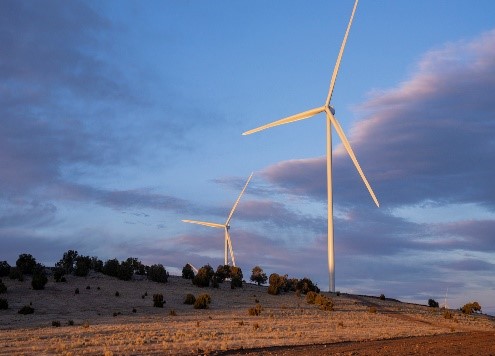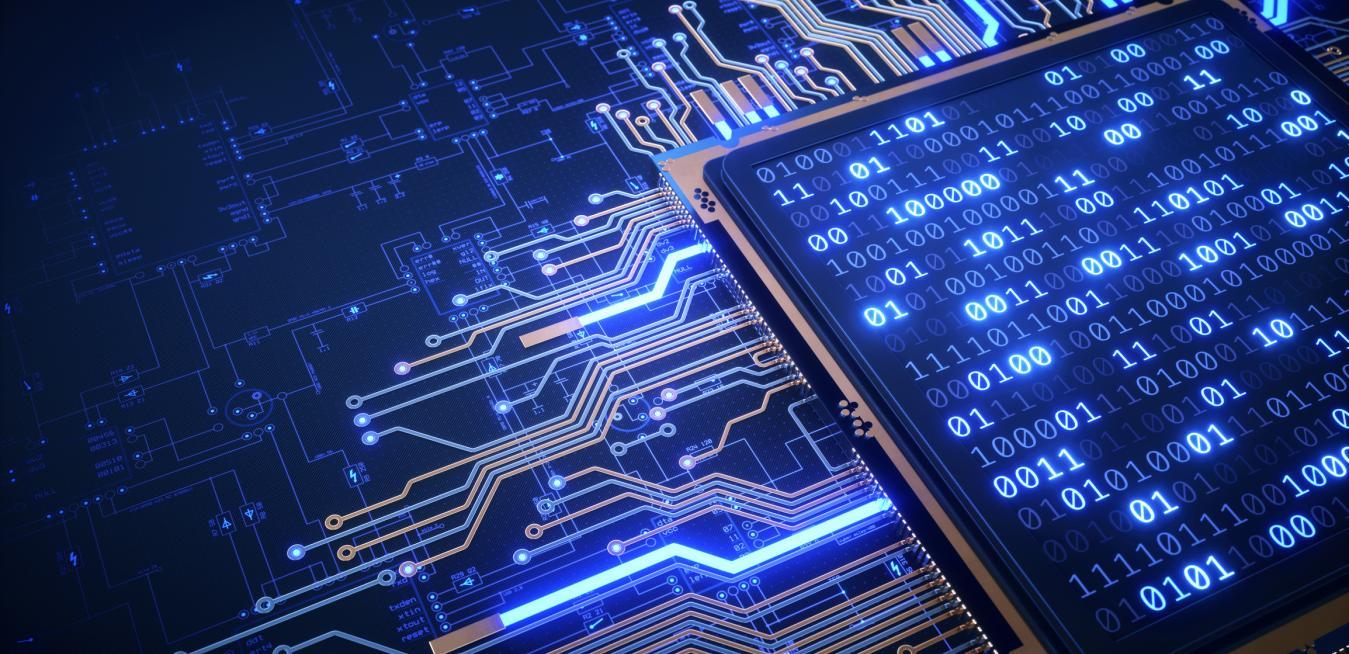Global electricity demand is growing rapidly by close to 5% in 2021 and 4% in 2022. With billions of new electrical devices per day, power is increasingly needed. Let’s see how power is generated and transmitted in a totally new way with these 4 unexpectably new technologies.

(*Video link: https://youtu.be/JGuPaYtcJx8)
Scientists from the Naval Research Laboratory wirelessly beamed 1.6 kilowatts (kW) of electrical energy across more than 1 kilometer (km).
The Pentagon tasked NRL researchers with demonstrating the delivery of 1 kW of power at a distance of 1 km, explained principal investigator Chris Rodenbeck. The test showed the possibility of sending electricity power to remote locations, such as on-the-ground military operations. In the long run, the technology could be used to deliver energy from space to Earth.
Engineers generated electricity, converted it to a 10-gigahertz microwave beam, and sent it through a dish antenna aimed at a receiver more than a kilometer away. The receiver consisted of a highway-sign-size array of tens of thousands of antennas working in what’s known as the X-band frequency (commonly used for police speed radar guns). Diodes converted the microwave power into DC power.

Biochemists at the University of Cambridge made a tiny energy generator that harnesses algae’s photosynthesis.
The device could be used to run small devices indefinitely and doesn’t require materials lithium-ion batteries do.
A see-through package hardly bigger than a AA battery houses a common species of blue-green algae in water. Using just the ambient light in a household setting, the algae produces energy through photosynthesis, generating a small electric current. The current was strong enough to power a popular microprocessor continuously for six months, even in the dark. With a trillion internet-connected devices — smartwatches, sensors and the like — predicted to power up by 2035, we need “systems that can generate energy, rather than simply store it like batteries,” said Christopher Howe, a senior author of a new paper in Energy & Environmental Science.

Researchers at Martin Luther University Halle-Wittenberg created an efficient and potentially less expensive solar cell.
The new research, published in Science Advances, showed that certain ferroelectric materials, when combined with other materials in a lattice structure, may be a promising alternative to the widely used, but less efficient, silicon.
Akash Bhatnagar’s team at MLU used the ferroelectric metal oxide barium titanate, which can produce electricity from light because of its spatially separated positive and negative charges. But barium titanate by itself doesn’t absorb much sunlight. So the researchers sandwiched the barium titanate between layers of two different materials and irradiated it with laser light. The combination produced a 1,000-times-stronger electrical current than a chip of similar thickness made only from barium titanate. “The interaction between the lattice layers appears to lead to a much higher permittivity,” said Bhatnagar. “In other words, the electrons are able to flow much more easily.”
GE New Sierra Turbine simple to move and install
GE Renewable Energy has announce the newest onshore turbine platform called Sierra, which can generate between 3 and 3.4 megawatts (MW) of electricity, enough to supply the equivalent of more than 3,000 U.S. homes. The new turbine is manufactured bigger, better technology, while ensuring that it’s still easy to get the equipment to the site and install, and not give anything away in terms of the reliability they are used to from smaller, easier-to-site turbines.
Sierra builds on the success of GE’s bestselling 2-MW platform, which installed enough to generate more than 30 gigawatts (GW) at full capacity. But Sierra’s larger rotor can sweep more area, capture more wind and produce nearly 50% more energy than its predecessor.
Each of the three 68.7-meter-long blades that make up its 140-meter (460-foot) rotor, which is twice the length of a Boeing 747, can be shipped in two parts, making turns and transportation of the blades easier. Once they arrive on site, crews assemble the root and tip sections of the two-piece blade on the ground, then use large cranes to attach the assembled blades to the nacelle.
Sierra installation can use the same trucks and trailers and the same 600-ton cranes that now need to install GE’s 2-MW turbines. Site engineers can work faster with smaller cranes, increasing the number of turbines they can install per week, reducing total installation time and construction costs. U.S. customers can also benefit from fewer transportation headaches tied to larger turbines.

Sierra is designed to even keep delivering benefits even after construction ends. GE engineers have simplified the way the turbines connect to the grid and placed Sierra’s transformers and switchgears at ground level rather than at the top of the turbine tower, which makes maintenance easier.
GE has received more than 1 GW of orders for the Sierra platform to date. The new GE’s Sierra platform will help to capture even more wind energy while improving economics, a key element of driving decarbonization, a dependable and affordable energy option. In the coming years, Sierra wills to be a key part of the future landscape of wind turbines installed in the U.S.





